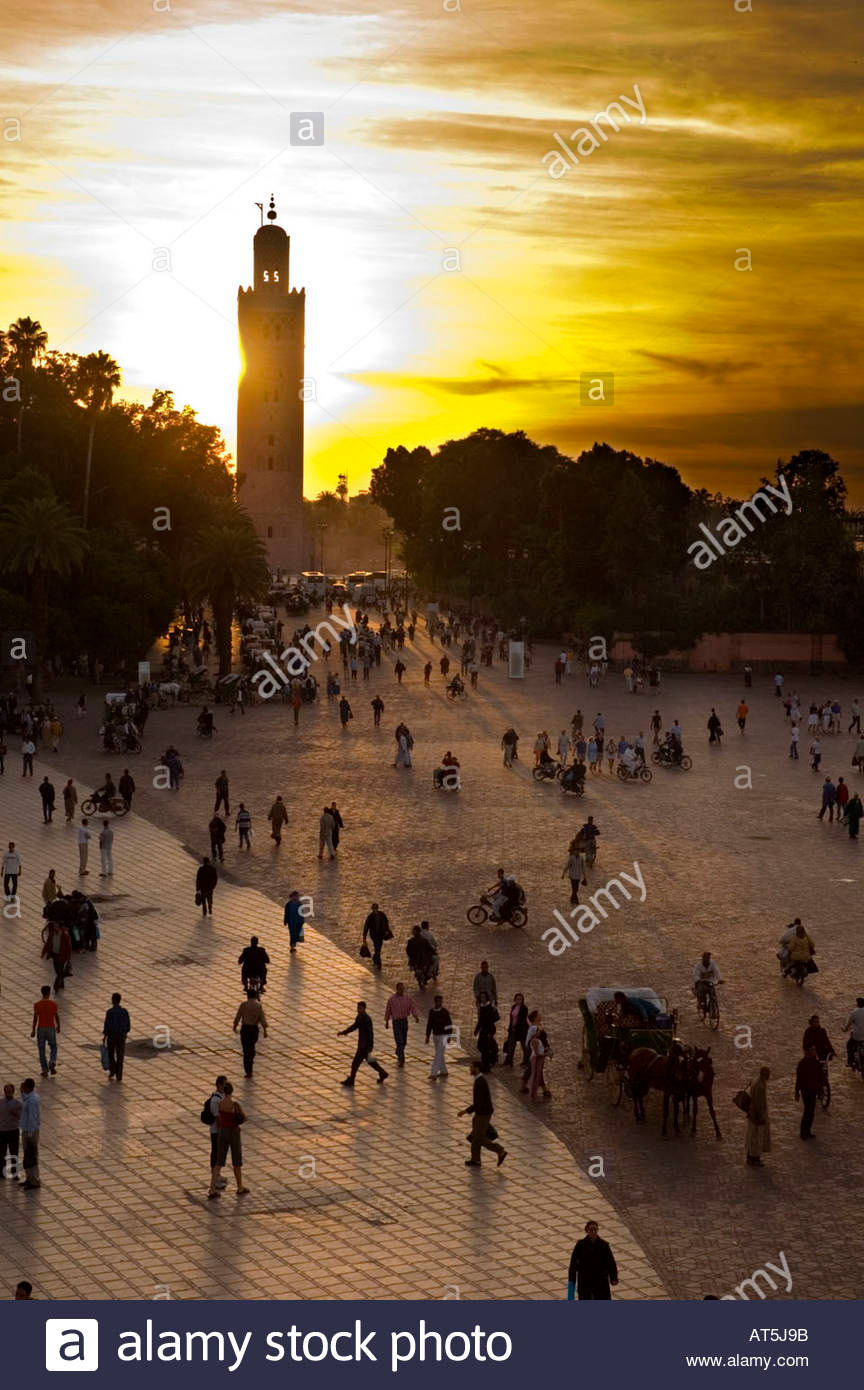
Thirty keys to stock photography
11) Shoot vertical compositions as well as horizontal – this is extremely important not only for cover uses (a wonderful landscape-shape horizontal picture will rarely if ever make it to a cover use) but also for small spot illustrations. In the last 20 years, reprographic costs have been removed entirely with DTP-CTP (desktop publishing and computer-to-plate). This makes the use of single column colour photos cost effective. Most small illustrations work better as verticals.
12) Don’t crop your square pictures – if you work with a square format such as a Hasselblad CV16 back or 6 x 6cm rollfilm. Instead, try to compose them so that either a vertical or a horizontal image can be cropped out of them. Sometimes, the square format can be filled in a way which makes cropping difficult, but don’t worry. Here’s why: square images make HUGE thumbnails on Alamy compared to 35mm shape images. This does not apply to all libraries or websites, but it is likely to happen. Square shooters get a bonus. At the very best, they can file one single picture which can be used uncropped, vertical or horizontal – and they can get it shown at a size which dominates rivals. Create squarer formats from 2:3 35mm ratio pictures if you can.

13) Shoot some fisheye and some panoramic versions – if you have the equipment or like the results. Don’t go overboard and shoot entire sets in panoramic format. Remember that for publication, extreme panoramas are unlikely to sell. The most common panorama shapes are DL (1/3rd of A4) and three-page gatefold. These are only a 3:1 ratio and a 2.12:1 ratio respectively. Website header pictures have a longer format generally. Thumbnails and previews of panoramic images can look very small – thumbs may be impossible to interpret.

14) Use raised vantage points as often as possible – if there is a tower with a viewpoint, go straight for it. If you see access to any raised camera position, try it. Do not stay in the crowd at ground level if you can get a better camera position. Some positions are so well known that every tourist will be directed to them (the balcony or roof terraces of the cafés in Marrakesh’s Jemaa el Fna square for example), and these viewpoints have low originality value. Access to nothing more than a first floor window can give you shots of events, or places, which no-one else has taken.
15) Use low viewpoints too – (mainly effective with wide angle lenses) ranging from ground level to waist level, rather than always shooting from eye level. Make a habit of squatting down to get a slightly lower camera position, and checking the effect. If you can obtain a DSLR with a tilting or articulated rear screen allowing live composition, get one! Low viewpoints can be most effective with children and animals, but also can show adults from a child’s position; this has a powerful subconscious appeal to the viewer, which can range from appealing to theatening.
These five points cover aspects of format, composition, and viewpoint. But in practice, good stock photography demands much greater attention to composition than this alone, and returns to my point 2) about excluding distractions. Let’s just say that I use the two aspects of viewpoint mentioned – high vantage points, and low camera position – for the specific purpose of excluding or minimising irrelevant detail or distractions in shots.

It all makes sense. Many thanks for such a helpful post, David.
As usual great advice David.
Much of it is not new to me but I have not always (or even often) paid proper attention or had forgotten it. Fortunately your pointing out this piece is timely as I am actually working to raise my photographic game now I can work at it as full time as I wish.
Thank you, these comments and other ideas will play a major part in my business plan for 2014.
About time I read this and follwoed the advice!! All makes perfect sense now!
Pingback: 30 key points about stock photography | dPhotoexpert | Dannyspltd's Blog
Pingback: 30 key points about stock photography | dPhotoexpert « master photography…
Fantastic advice David, and thank you so much for offering so much advice to others on Alamy’s forum. This must consume a great deal of your time – most generous.
Pingback: Stock-photography tips | mikeperris
Pingback: 30 keys to selling photo's | Localfoto.co.uk
Very good and interesting piece of work excellent for all who want to tread down the Stock Highway.
Excellent post! Thanks for sharing. You have provided many useful and helpful tips for all stock shooters to consider.
Clarence
Thanks, David. Will put all your fabulous advice on my 2011 resolutions list.
Bettina
This is Brilliant David, the best stockphotography advice i’ve ever read….A Stockphotographers Bible…Amen to that!
Thank You
Parm Bhandol
Interesting reading David. Hope to make at least some of that into one of my new years resolutions!
Thanks
Phil Crean
David – I adopted your cropping advice from another posting you made about a year ago… cropping a good percentage of my 2:3 format Nikon images down (or up?) to the 4:3 format because a) they do look larger and more impressive as Alamy thumbnails, and b) the 4:3 format crops-off softer image corners.
You certainly set yourself a big task David! There is so much in there to debate but I think I’d make the general comment that ‘rules’ can often be broken effectively to make an image that stands out from the crowd of generic stock. Of course a photographer has to have first learnt and mastered the rules to then reliably consider breaking them! An interesting read, thanks.
Alex
Thanks for the solid 30 keys to stock photography, David.
“The most important lesson I ever learned in photography was the simplest – you can not take a picture without being there”…. with a camera
Best piece of writing on stock photography I’ve seen. Common sense based on long experience. Unbeatable combination.